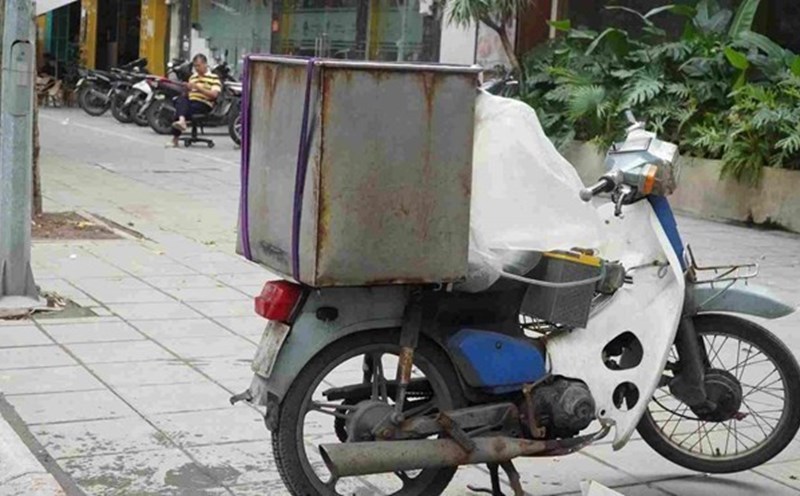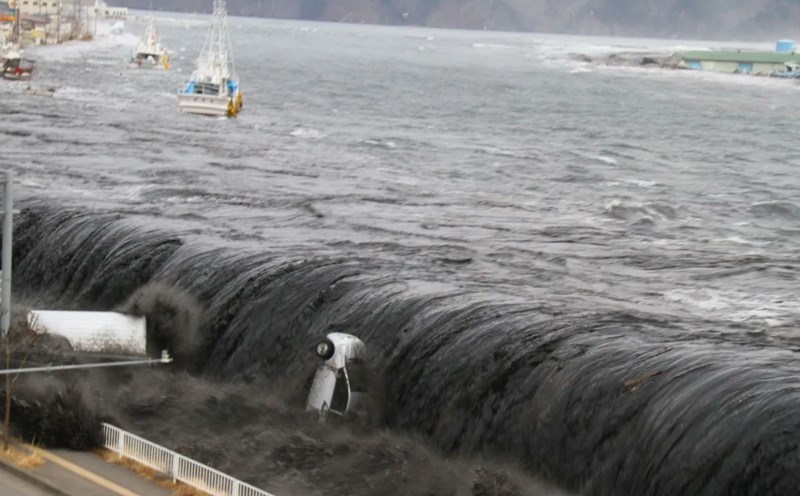On the morning of July 5, at a meeting to review and complete the draft national action plan to overcome pollution and manage air quality for the period 2025-2030, Minister of Agriculture and Environment Do Duc Duy said that air pollution and environmental pollution in cities and large urban areas have become a major challenge in the process of socio-economic development. In fact, localities such as Hanoi and Ho Chi Minh City have implemented many solutions to control and handle the problem of environmental pollution, including air pollution, but the results have not been as expected.
"This is an important task in the context of the country entering a new era of development with a double-digit economic growth target or more. According to the experience of developed countries, the transition from developing countries to developing countries will face major environmental challenges when the emission rate is 1.5 times higher than the economic growth rate. The whole lesson is how to handle it to do a good job of handling pollution. If we do not invest in first aid right now to forecast the pressure in the coming time and propose measures, the consequences of pollution will be very serious and will cost a lot of money to handle" - the Minister said.
The Minister gave an example on the issue of controlling vehicle emissions, namely the need for measurement and registration vehicles to apply. Second is the transition to green vehicles, as many viewpoints say it is time to do more strongly, limit and move forward for some areas such as the core area that can be so limited that high-emission vehicles are not allowed in this area, so what is the alternative, what is the roadmap?
"C step by step limiting motorbikes and mopeds, switching from gasoline vehicles to electric vehicles, how will the conversion solution be implemented, where will the roadmap and resources come from? Ho Chi Minh City plans to support the first force, which are shippers and technology motorbike taxi drivers, to convert gasoline vehicles to electric vehicles because they are a large force, present in every alley. The solution has been proposed but what are the resources and implementation roadmap" - the Minister raised the issue.

Plan to relocate facilities with outdated production technology
At the meeting, Mr. Hoang Van Thuc - Director of the Department of Environment said that based on legal regulations, domestic practices, international experience, the ability to carry out actions, the draft Action Plan must qualify all goals and tasks and must ensure the Government's spirit of "clear people, clear work, clear time, clear responsibilities, clear products, clear authority".
According to the Director of the Department of Environment, specific targets include 03 main groups:
The first group is the improvement in air quality indicators, in which air pollution in Hanoi is gradually controlled, gradually reducing pollution levels; the number of days with an air quality index (VN_AQI) of bad or higher decreases by 20% compared to the total number of days in 2024 (2024 is 47 days); reduce the average annual PM2.5 dust concentration by 2030 compared to the average in 2024; other air quality parameters are maintained, ensuring compliance with standards.
"To achieve this figure is very difficult, when implementing all targets and solutions simultaneously, it is necessary to control large industrial waste sources such as cement, thermal power... which must be managed and controlled. Localities must review all industrial facilities in residential urban areas, facilities with outdated production technology also need to have a relocation plan.
Whether Hanoi and localities can do it or not depends largely on political determination, the plan must have a relocation roadmap, or if these facilities want to survive, they must convert to technology investment, switch to environmentally friendly technology, green technology to reduce emissions" - Mr. Thuc said.
The second group, according to Mr. Thuc, the causes of air pollution are controlled, which are: Control of industrial emissions: 100% of large sources of emissions (belonging to the type of production with the risk of environmental pollution: cement, thermal power, steel smelting) are managed, controlled and gradually have a roadmap to reduce emissions.
Control vehicle emissions: 100% of vehicles participating in traffic (including cars, motorbikes, motorbikes) in the Hanoi and Ho Chi Minh City areas are managed, controlled on emissions and gradually convert to using clean energy, green energy, and environmentally friendly.
Develop public transport and infrastructure: 100% of buses in Hanoi will use electricity/green energy by 2030; other provinces and cities will achieve the minimum target according to Decision 876/QD-TTg. Urban hygiene and green trees: Ensure regular hygiene of roads, do not leave dust/ging.
Construction site management: 100% of inner-city and adjacent construction sites are strictly controlled for dust, using monitoring equipment for transport vehicles.
Agriculture and spiritual culture: End the phenomenon of burning waste and burning by-products from crops outdoors; 100% of spiritual and religious establishments have solutions to reduce burning votive paper.
The third group, Mr. Hoang Van Thuc, said that it is to improve and enhance environmental quality associated with building civilized urban areas, including implementing the "greening" of construction works striving to have 1,000 green construction works nationwide by 2030; piloting the equipment of integrated air filtration and ventilation systems to evaluate the effectiveness to disseminate and replicate. And effectively implement supporting tools including strengthening inter-sectoral coordination, emergency response, application and transfer of science and technology, international cooperation and communication.











